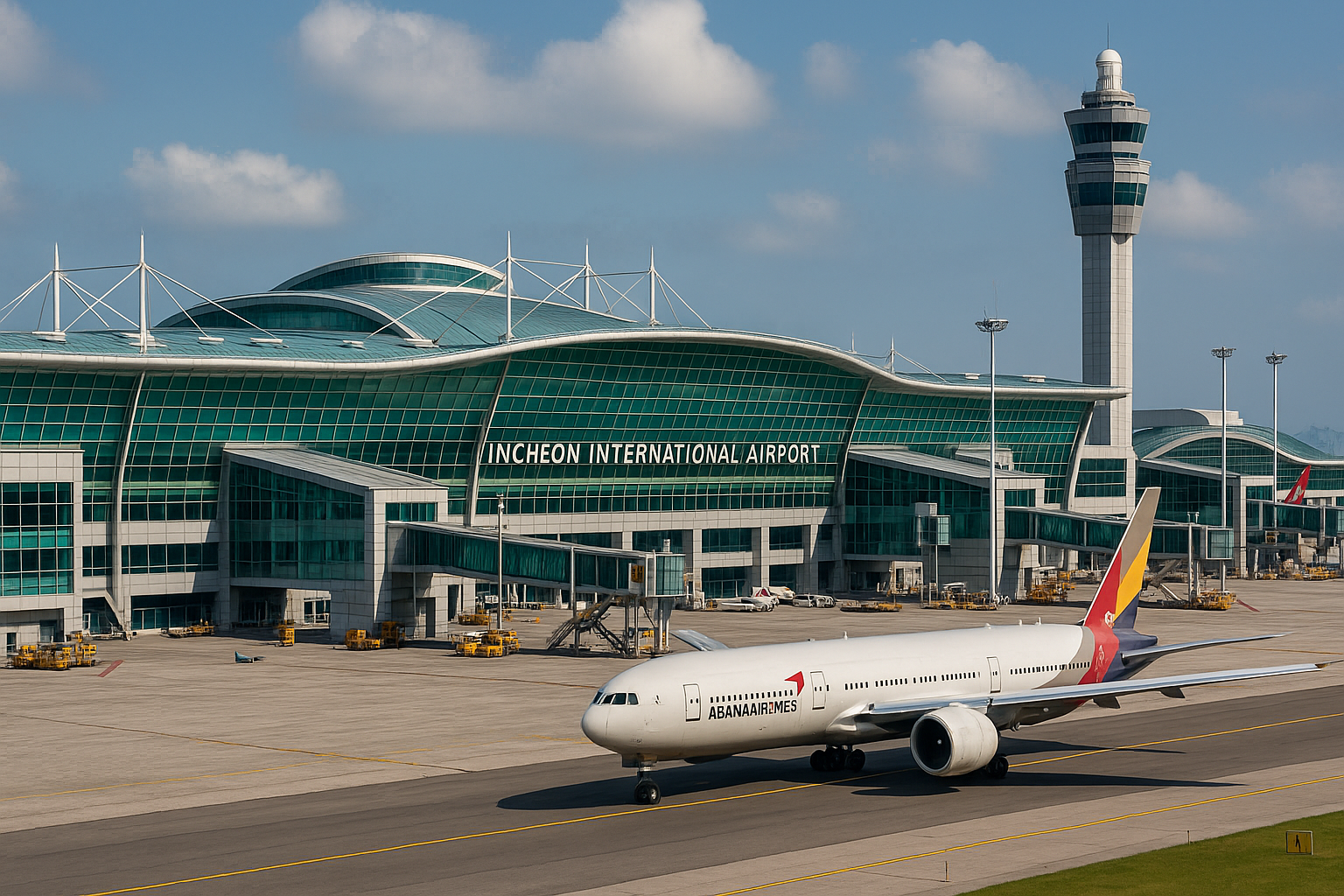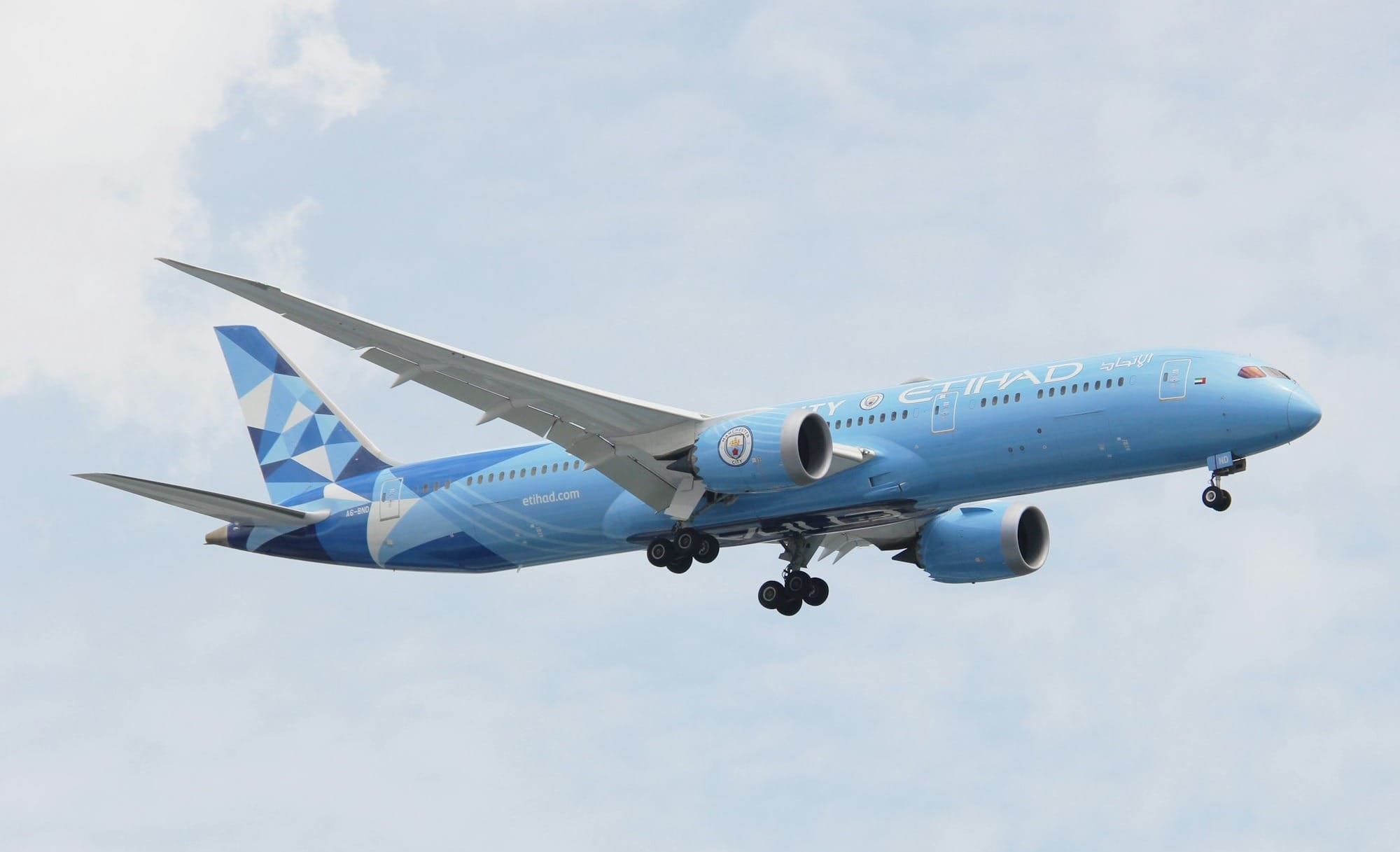FAA Extends Reduced Flight Requirements at New York City-area Airports Until October 2025
The New York City airspace is notoriously complex and congested, with the three major airports handling a combined total of over 132 million passengers in 2019, before the COVID-19 pandemic. The FAA has long implemented various measures to manage this congestion...

FAA Extends Reduced Flight Requirements at New York City-area Airports Until October 2025
Key Takeaways
- The FAA has extended reduced flight requirements at New York City-area airports until October 2025.
- This extension affects JFK, LaGuardia, and Newark Liberty airports.
- The decision aims to manage air traffic congestion and improve operational efficiency.
- Airlines will benefit from slot usage waivers, capacity limits, and operational flexibility.
- The extension is influenced by ongoing recovery, operational challenges, infrastructure improvements, and environmental considerations.
Background and Context
The New York City airspace is notoriously complex and congested, with the three major airports handling a combined total of over 132 million passengers in 2019, before the COVID-19 pandemic. The FAA has long implemented various measures to manage this congestion, including slot controls and capacity limits.
In response to the disruptions caused by the COVID-19 pandemic and subsequent recovery challenges, the FAA initially implemented temporary reductions in flight requirements in 2020. These measures were designed to provide airlines with flexibility during a period of unprecedented uncertainty and reduced demand.
Details of the Extension
The extension of reduced flight requirements includes the following key elements:
Slot Usage Waivers
Airlines will continue to benefit from relaxed "use-it-or-lose-it" rules for takeoff and landing slots. Typically, carriers are required to use their allocated slots at least 80% of the time to retain them. The extension maintains a lower threshold, allowing airlines to hold onto valuable slots even if they're not operating at full capacity.
Capacity Limits
The FAA will maintain current capacity limits at the airports, which are set below pre-pandemic levels. This measure aims to prevent overcrowding and reduce delays.
Operational Flexibility
Airlines will have greater flexibility in adjusting their schedules without risking long-term loss of airport access rights.
Rationale for the Extension
The FAA's decision to extend these measures until October 2025 is based on several factors:
Ongoing Recovery
While air travel demand has rebounded significantly since the depths of the pandemic, it remains below 2019 levels in many markets, including business travel-heavy routes that are crucial for New York City airports.
Operational Challenges
The aviation industry continues to face operational challenges, including staffing shortages across various sectors (pilots, air traffic controllers, ground crew), which can lead to delays and cancellations.
Infrastructure Improvements
Ongoing and planned infrastructure projects at the airports, including the redevelopment of LaGuardia and terminal upgrades at JFK, require operational flexibility to minimize disruptions.
Environmental Considerations
Reduced flight requirements can help manage noise pollution and emissions in the densely populated New York metropolitan area.
Impact on Airlines
The extension of reduced flight requirements will have varying impacts on different airlines:
Legacy Carriers
Airlines with significant slot holdings at New York airports, such as American Airlines, Delta Air Lines, and United Airlines, will benefit from the ability to retain their slots without operating a full schedule. This flexibility allows them to adjust capacity to match demand more efficiently.
Low-Cost Carriers
Smaller airlines and new entrants may find it challenging to gain access to these airports, as incumbent carriers can hold onto slots without fully utilizing them. However, the FAA has indicated it will work to ensure fair competition and access opportunities.
International Airlines
Foreign carriers, particularly those operating long-haul routes to JFK and Newark, will have more flexibility in managing their New York operations as international travel continues to recover at varying rates across different regions.
Passenger Experience
For passengers, the extension of reduced flight requirements may have both positive and negative effects:
Reduced Congestion
Lower capacity limits could lead to fewer delays and a more reliable travel experience.
Potential for Higher Fares
With constraints on capacity, airlines may have less incentive to offer deeply discounted fares, potentially leading to higher average ticket prices.
Limited Flight Options
Passengers may have fewer flight options to choose from, particularly on less popular routes or during off-peak times.
Improved On-Time Performance
With less congestion, airlines may be able to improve their on-time performance, benefiting passengers with more reliable schedules.
Industry Reactions
Reactions to the FAA's decision have been mixed across the aviation industry:
Airlines for America (A4A)
The trade association representing major U.S. airlines has generally supported the extension, citing the need for continued flexibility as the industry recovers.
Consumer Advocacy Groups
Some consumer advocacy groups have expressed concerns about the potential for reduced competition and higher fares resulting from the extended slot waivers.
Airport Operators
Airport operators, including the Port Authority of New York and New Jersey, have cautiously welcomed the decision, recognizing the need for operational flexibility while emphasizing the importance of maximizing airport utilization in the long term.
Future Outlook
The extension of reduced flight requirements until October 2025 provides a degree of certainty for the aviation industry in the New York area for the next two years. However, several factors will influence the long-term outlook:
Recovery Trajectory
The pace and nature of air travel recovery, particularly in the business segment, will be crucial in determining whether full pre-pandemic capacity is needed by 2025.
Technological Advancements
Improvements in air traffic management technology and procedures could potentially increase the efficient use of airspace and airport capacity.
Infrastructure Development
The completion of ongoing airport modernization projects could enhance capacity and operational efficiency, potentially allowing for an increase in flights.
Environmental Policies
Growing emphasis on reducing aviation's environmental impact may influence future decisions on airport capacity and flight volumes.
Conclusion
The FAA's decision to extend reduced flight requirements at New York City-area airports until October 2025 reflects the ongoing challenges and uncertainties facing the aviation industry in the post-pandemic era. While providing stability and flexibility for airlines, this extension also raises questions about long-term competitiveness, capacity utilization, and the balance between operational efficiency and market access.
As the industry continues to evolve, stakeholders will be closely watching how this extension impacts air travel patterns, pricing, and the overall competitive landscape in one of the world's most important aviation markets. The FAA's management of these crucial airports will play a significant role in shaping the future of air travel not just in New York, but across the entire U.S. aviation network.
The coming years will be critical in determining whether these reduced requirements become a new normal or if the industry will eventually return to pre-pandemic operational patterns. As such, the FAA's decision-making process and the industry's response will be closely scrutinized by aviation experts, policymakers, and travelers alike.
Summary
The FAA has extended reduced flight requirements at New York City-area airports until October 2025 to manage congestion and improve efficiency. This decision impacts JFK, LaGuardia, and Newark Liberty airports, providing airlines with slot usage waivers, capacity limits, and operational flexibility. The extension is driven by ongoing recovery, operational challenges, infrastructure improvements, and environmental considerations. The impact on airlines varies, with legacy carriers benefiting more than low-cost carriers and new entrants. Passengers may experience reduced congestion but potentially higher fares and limited flight options. Industry reactions are mixed, and the future outlook depends on recovery trajectory, technological advancements, infrastructure development, and environmental policies.
Q&A
Q: Why did the FAA extend reduced flight requirements at New York City-area airports?
A: The FAA extended reduced flight requirements to manage air traffic congestion, improve operational efficiency, and provide airlines with flexibility during the ongoing recovery from the COVID-19 pandemic.
Q: Which airports are affected by this extension?
A: The extension applies to John F. Kennedy International Airport (JFK), LaGuardia Airport (LGA), and Newark Liberty International Airport (EWR).
Q: What are the key elements of the extension?
A: The key elements include slot usage waivers, capacity limits, and operational flexibility for airlines.
Q: How will this extension impact passengers?
A: Passengers may experience reduced congestion and improved on-time performance but could face higher fares and limited flight options.
Q: What are the industry reactions to this decision?
A: Reactions are mixed, with major airlines generally supporting the extension, while some consumer advocacy groups express concerns about reduced competition and higher fares. Airport operators have cautiously welcomed the decision.
Q: What factors will influence the long-term outlook of this extension?
A: The long-term outlook will be influenced by the recovery trajectory, technological advancements, infrastructure development, and environmental policies.










